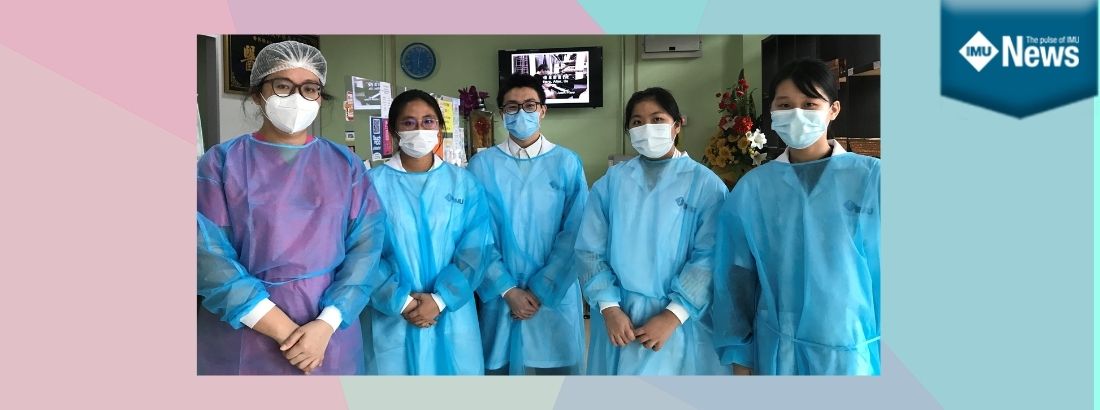[fusion_builder_container hundred_percent=”no” equal_height_columns=”no” menu_anchor=”” hide_on_mobile=”small-visibility,medium-visibility,large-visibility” class=”” id=”” background_color=”” background_image=”” background_position=”center center” background_repeat=”no-repeat” fade=”no” background_parallax=”none” parallax_speed=”0.3″ video_mp4=”” video_webm=”” video_ogv=”” video_url=”” video_aspect_ratio=”16:9″ video_loop=”yes” video_mute=”yes” overlay_color=”” overlay_opacity=”0.5″ video_preview_image=”” border_size=”” border_color=”” border_style=”solid” padding_top=”” padding_bottom=”” padding_left=”” padding_right=””][fusion_builder_row][fusion_builder_column type=”1_1″ layout=”1_1″ background_position=”left top” background_color=”” border_size=”” border_color=”” border_style=”solid” border_position=”all” spacing=”yes” background_image=”” background_repeat=”no-repeat” padding=”” margin_top=”0px” margin_bottom=”0px” class=”” id=”” animation_type=”” animation_speed=”0.3″ animation_direction=”left” hide_on_mobile=”small-visibility,medium-visibility,large-visibility” center_content=”no” last=”no” min_height=”” hover_type=”none” link=””][fusion_text]
L-R: TCM Practitioner, Mrs Angeline Low Soon Yee with students, Tan Wan Yuet; Poon Kei Yip; Dawn Lim Xiao Tong; Chai Chieng Woon.
On 25 March 2021, IMU’s Chinese Medicine Department organised a clinical attachment to Ren Yi Acupuncture & TCM Treatment Centre in Setapak for its Chinese Medicine students. Due to the Conditional Movement Control Order (CMCO), the students were required to wear special attire such as PPE (Personal Protective Equipment), clinical coat, goggles, and face shield to fully protect themselves and the patients there. The TCM Centre is run by 2 practitioners, Mr Jerry Huang and Mrs Angeline Low Soon Yee, who were very professional and benevolent to the students during the clinical attachment. One of these students, Poon Kei Yip of CM218 shares the students’ experience here. Before the Centre was officially opened to serve patients, Mr Jerry asked us to gather at his office to find out the progress of our studies and whether we had any experience in clinical attachment before this. He also explained to us that their Centre usually targeted those patients with pain problems. Hence, we saw a lot of patients with shoulder pain, joint pain, knee pain, lumbar pain, and sciatica problems on that day. [/fusion_text][fusion_table]
| What We Learnt at the Clinical Attachment |
|---|
| During the treatment of patients, we were introduced to different types of diagnostic methods and treatment methods. For instance, patients with leg pain were required to undergo straight leg raising test to evaluate whether there was impairment on the lumbar nerve root and Faber test to identify the presence of hip pathology. We also learned about a number of diseases which were not taught in our module like PCOS (Polycystic ovary syndrome), Patella dislocation, and a rare type of eczema. Not only that but we were also introduced to some new acupuncture techniques which we had not encountered and the techniques introduced were astonishingly effective. The techniques were Tung’s Acupuncture (董氏奇穴针灸学) and Balancing Acupuncture (平衡针法). Finally, before we went home, the 2 practitioners even summarised all the knowledge for us. |
[/fusion_table][/fusion_builder_column][/fusion_builder_row][/fusion_builder_container][fusion_builder_container hundred_percent=”no” equal_height_columns=”no” menu_anchor=”” hide_on_mobile=”small-visibility,medium-visibility,large-visibility” class=”” id=”” background_color=”” background_image=”” background_position=”center center” background_repeat=”no-repeat” fade=”no” background_parallax=”none” enable_mobile=”no” parallax_speed=”0.3″ video_mp4=”” video_webm=”” video_ogv=”” video_url=”” video_aspect_ratio=”16:9″ video_loop=”yes” video_mute=”yes” overlay_color=”” overlay_opacity=”0.5″ video_preview_image=”” border_size=”” border_color=”” border_style=”solid” margin_top=”” margin_bottom=”” padding_top=”20px” padding_right=”” padding_bottom=”20px” padding_left=””][fusion_builder_row][fusion_builder_column type=”1_1″ layout=”1_1″ spacing=”” center_content=”no” hover_type=”none” link=”” min_height=”” hide_on_mobile=”small-visibility,medium-visibility,large-visibility” class=”” id=”” background_color=”” background_image=”” background_position=”left top” background_repeat=”no-repeat” border_size=”0″ border_color=”” border_style=”solid” border_position=”all” padding=”” dimension_margin=”” animation_type=”” animation_direction=”left” animation_speed=”0.3″ animation_offset=”” last=”no”][fusion_text] As our clinical attachment was organised during the CMCO period when hands-on practice is few and far between, this clinical attachment proved to be even more beneficial to us as it is a better chance for us to have some hands-on practices. From our perspective, we really appreciate this clinical attachment that was organised by our Chinese Medicine Department as it helps us a lot in gaining extra knowledge and experiences for our future study and practice. Just like the saying, “Nothing compares with the journey on your own feet”, it is better to walk on a journey than just listening or reading from books as we will not face situations like what has been stated in the books. [/fusion_text][/fusion_builder_column][/fusion_builder_row][/fusion_builder_container]


No approved comments.